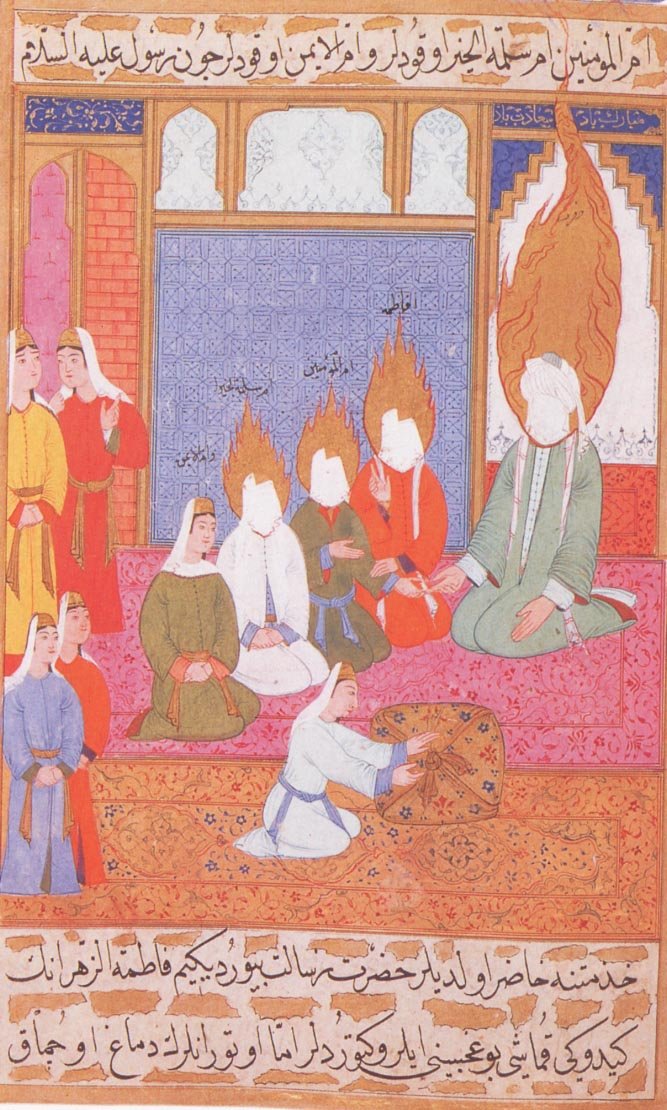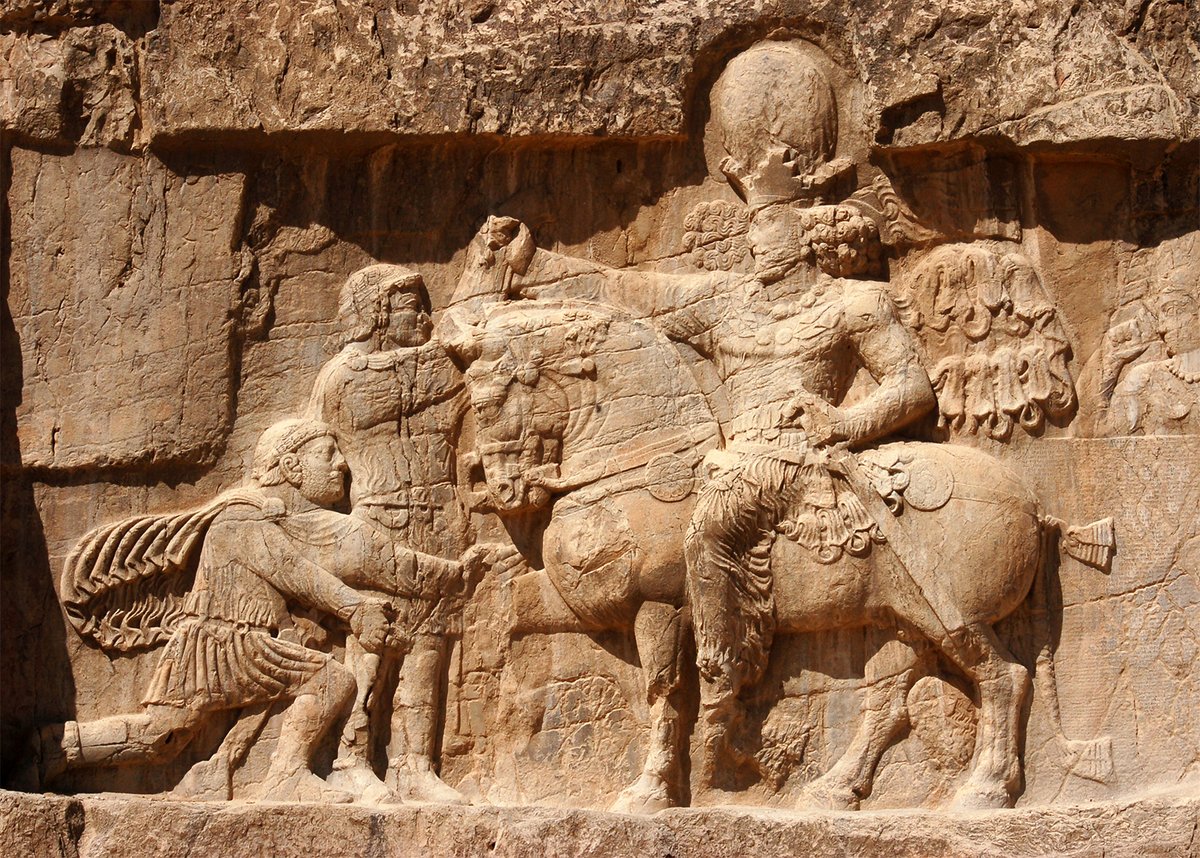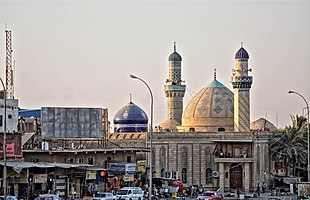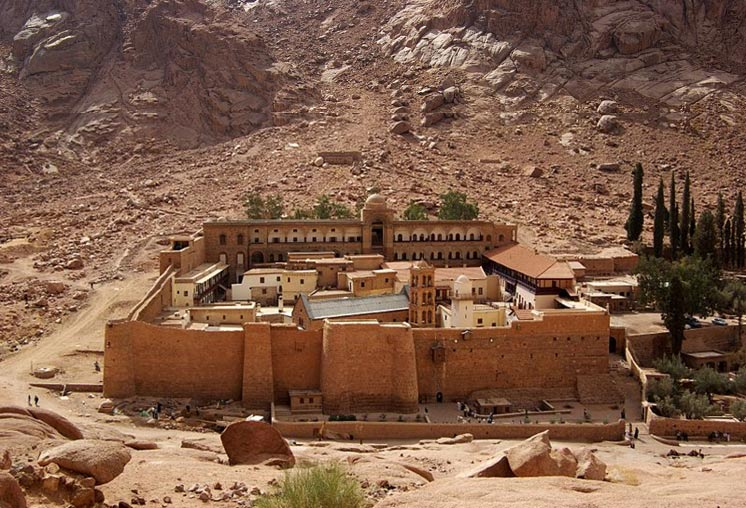
Ancient and medieval Zoroastrianism is famous for the practice of "xwēdōdah," that is, close-kin or incestuous marriage. As far as I'm aware, the first documentary proof of "xwēdōdah" was recently discovered in a legal text written in Pahlavi from 8th-century Tabaristan 1/ 
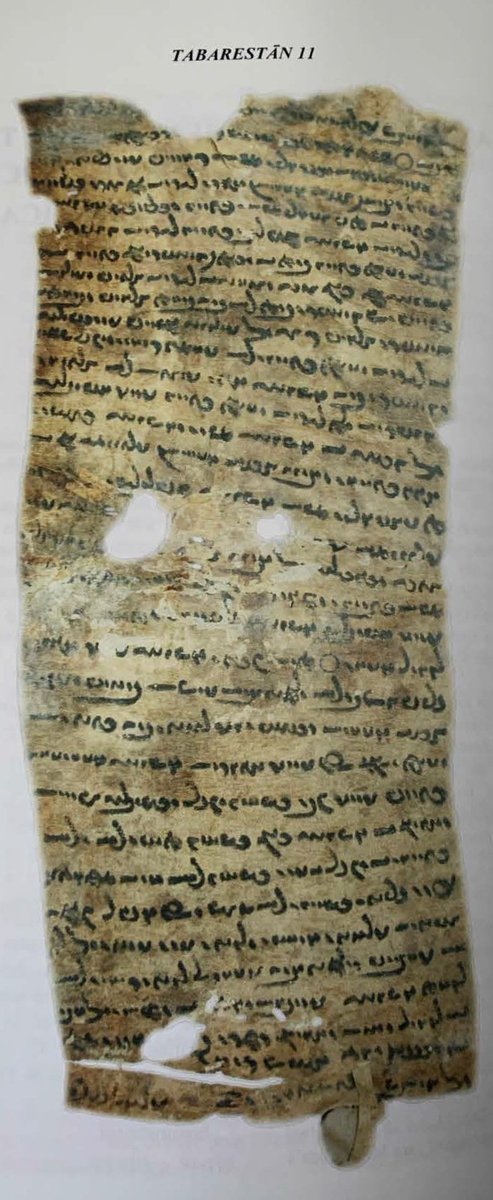
The document, dated to 732-33 AD, concerns the transfer of property rights after the death of a man called Rahāg. Under certain conditions, the document states, his property should pass to his wife, a woman named Duxtxwašīh, who was also his granddaughter (!) 2/
The document belongs to a larger collection of 33 Pahlavi texts, mostly of a legal nature, written in eighth-century Tabaristan. This mountainous region of northern Iran (today known as Mazandaran) resisted annexation by the Muslims until the 760s 3/
As a result, Zoroastrians and Zoroastrian law remained dominant for far longer than in other parts of Iran. As Maria Macuch has shown, there are very precise parallels between the legal system in the documents and what we know about law under the pre-Islamic Sasanian kings 4/
The image of the document, along with an edition and translation, comes from: Dieter Weber, "Pahlavi Legal Documents from Tabarestān: The Documents Tab. 11, 28, and 27: A Philological Approach," Res Orientales 28 (2020), 172-75 5/
Astute analysis of its legal content can be found in: Maria Macuch, "Pahlavi Legal Documents from Tabarestān: Two Claims Involving 'Substitute Succession' and a Payment Commitment. The Juristic Context of Tab. 11, 28 and 27," Res Orientales 28 (2020), 191-99 6/
PDF available here 7/ academia.edu/61397165/2020_…
An earlier attempt to decipher the document can be found in: Philippe Gignoux, "Une archive post-sassanide du Tabaristān (II)," Res Orientales 22 (2014), 34-37 8/
• • •
Missing some Tweet in this thread? You can try to
force a refresh


